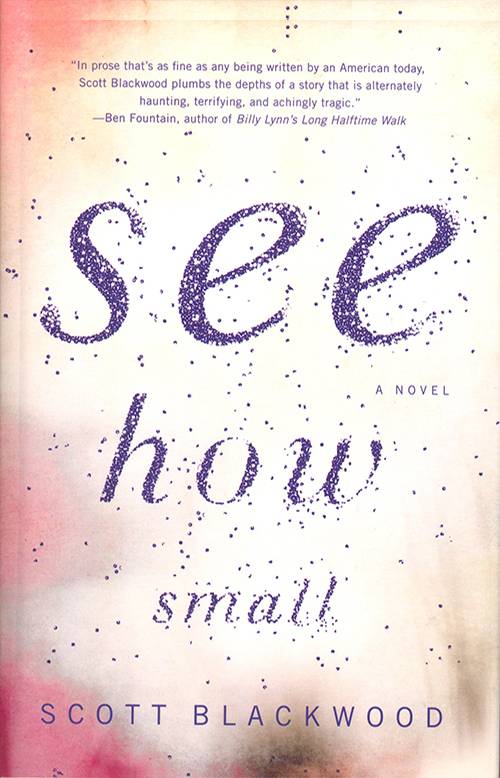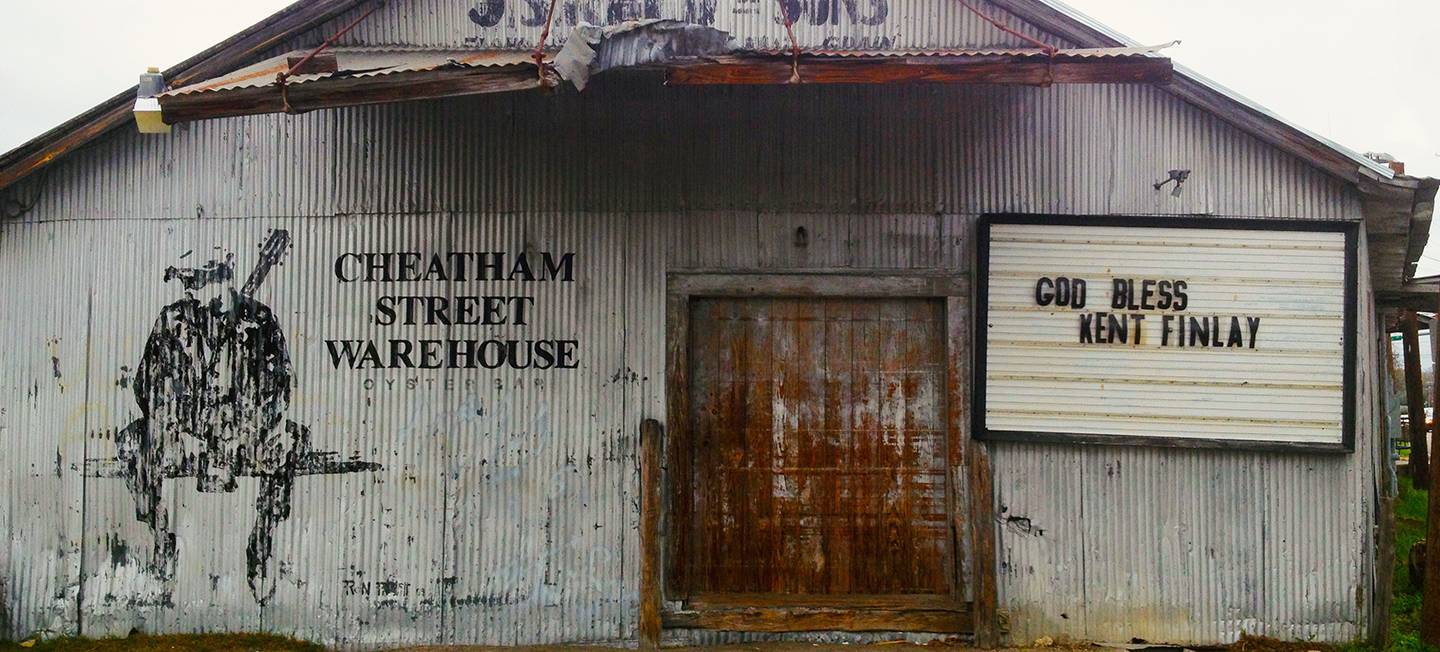Saved

See How Small
by Scott Blackwood
New York: Little Brown and Company, 2015
207 pp. $25.00 cloth
Reviewed by
William Jensen
The greatest novels are somehow more than just novels. They challenge their readers and ferries them through madness toward unknown and undiscovered places. Works such as War and Peace, Ulysses, and Moby Dick demand attention when you crack them open. Scott Blackwood’s See How Small is just such a book.
Blackwood fictionalizes the heinous (and unsolved) yogurt shop murders that occurred in Austin, Texas, in 1991, where four teenage girls were murdered. See How Small is not anything like In Cold Blood or The Executioner’s song though. Blackwood is interested in human truth, not just facts and dates. With beautiful language and sometimes surreal passages, he delves into the various characters connected to the deaths of the young women. At times this includes those girls themselves. “We have always lived here, though we pretend we’ve just arrived,” the girls state at the book’s beginning. “Like startled infants, we look to your face to tell us what comes next.” The girls appear throughout but the meat of the novel focuses on the living characters five years after the crime. A plot dealing with grief could easily become sentimental in the hands of lesser writer, but Blackwood cuts to the marrow of a community shattered by violence.
The book is composed of terse chapters that roam through multiple points of views. For some this will feel abrupt, maybe even confusing, but Blackwood creates distinct worlds for each protagonist. The mother’s is especially tormented. For a short book, See How Small is far from a light read. The language is dreamlike, occasionaly reminiscent of Finnegans Wake.
These more poetic passages are usually connected to chapters narrated by the girls or by Hollis, a war veteran with a brain injury. For example, in chapter twenty-seven the girls (in first person plural) say: “We feel slippage, our hairstyles regress, teeth grow crooked and gapped, chests flatten. Horsey girl, come back to us, we say.” Blackwood heightens his language when he addresses the tougher parts—the emotions people try to hide, the feelings of fear and loss that would come off as maudlin if played straight. The author makes it work. There is not one hackneyed or syrupy sentence in this novel.
At times See How Small is so fragmented (yet taut) you want to scream. This is, of course, intentional. The structure matches the subject as the characters—the living and the dead—have all begun to decay in some shape or form. By jumping from Kate (mother of two of the victims) to Jack (a firefighter who was called to the scene) to Rosa (the journalist covering the crime), to other various points of view, Blackwood creates a tour de force. It is both epic and intimate.
Most novels dealing with crime (true life or fictional) take a certain pleasure in the gore and the details. That is not the case here. In fact the actual murders are left off stage. This makes the crime somehow feel more real as readers are left to wonder what happened just like the victims’ families. See How Small captures the emotional terror of everyone involved through flashes and vignettes. Some of these snippets are direct and informative. Others are nightmarish but beautiful.
At times the small bursts of chapters creates a certain slack in the narrative, but the novel is more driven by voice than suspense. Please don’t think this is like The Lovely Bones. Comparing the two would be like comparing apples to Elephants just because they’re both carbon based. The book’s strongest moments capture the quiet screaming of unhealed wounds. Blackwood is particularly skilled at handling the point of view of Michael. Michael was the getaway driver. He didn’t hurt the girls but he was involved, and now he has to live with his conscience. The fact that Blackwood can make Michael human is impressive. Most writers would take the easy route and paint him as a cardboard villain, an antagonist for the reader to hate. Instead Blackwood includes him with the rest of the bereaved, the rest of the community.
This is the element that makes See How Small so good. By bringing in everyone—the parents, the victims, the witnesses, and the criminals—Blackwood has created a book for discussion, for sharing. Most books are read in solitude, but See How Small demands to be read aloud and by multiple people taking turns with each chapter. It goes beyond being a novel. It becomes a ritual.
William Jensen is a professor of English at Texas State University and the Editor of Texas Books In Review
